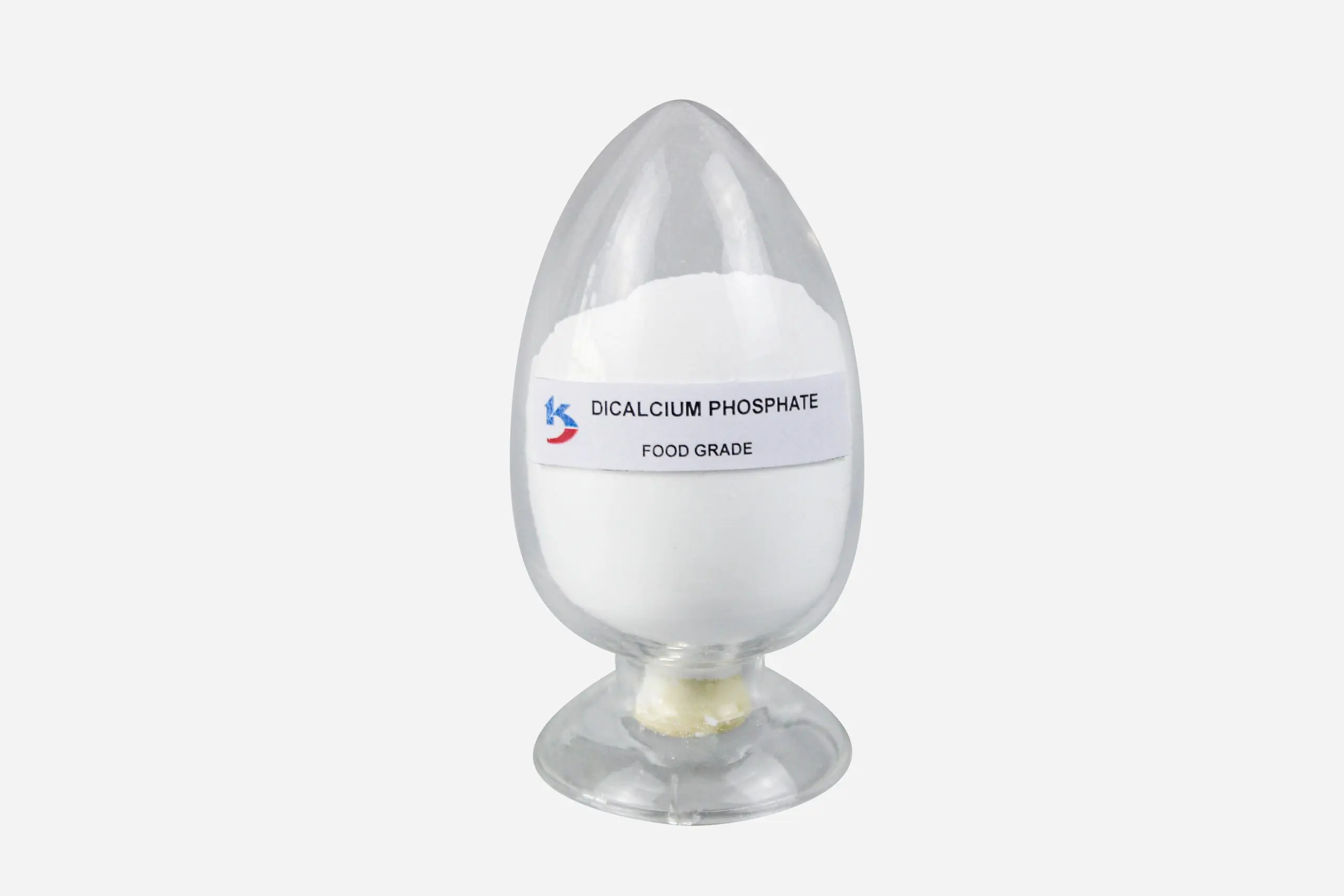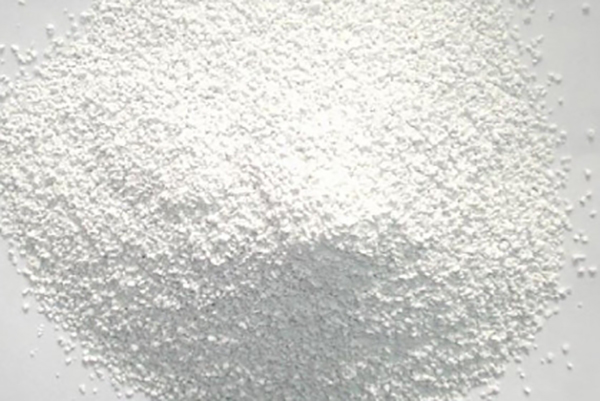This article dives deep into the world of dicalcium phosphate, covering its various forms, uses, and production methods. Whether you’re an electronics manufacturer, a procurement officer, or simply curious about this versatile chemical compound, this comprehensive guide offers valuable insights, answering key questions and addressing common concerns. Understanding the intricacies of dicalcium phosphate is essential for anyone working with materials requiring precision, durability, and high performance. This guide provides that crucial understanding.
Dicalcium Phosphate: What is it Exactly?
Dicalcium phosphate, also known as dibasic calcium phosphate or calcium monohydrogen phosphate, is a member of the calcium phosphate family. It commonly exists in two main forms of dicalcium phosphate: the dihydrate form (dicalcium phosphate dihydrate, DCPD, with the chemical formula CaHPO₄·2H₂O) and the anhydrous form (DCPA, CaHPO₄). The "anhydrous" designation refers to the absence of water molecules in the crystal structure. The dihydrate is often refered to as phosphate dihydrate.
These different forms have distinct properties and applications. The dihydrate is more commonly found in nature and is often used as a dietary supplement, while the anhydrous form finds applications in pharmaceuticals, food production, and as an agent in toothpaste. Both forms are crucial in various industrial processes, highlighting the versatility of dicalcium phosphate.
How is Dicalcium Phosphate Made?
The most common method for producing dicalcium phosphate involves the reaction of phosphoric acid with calcium hydroxide:
Ca(OH)₂ + H₃PO₄ → CaHPO₄ + 2H₂O
This reaction can be carefully controlled to precipitate either the dihydrate or anhydrous form, depending on the temperature and pH of the solution. The dihydrate form typically precipitates at lower temperatures, while the anhydrous form is favored at higher temperatures. For high purity dicalcium phosphate, it may be useful to use other starting materials.
Another method for making dicalcium is obtained by double decomposition between calcium and phosphate-containing solutions in slightly acidic media. The reaction could also be performed by neutralization of two acidities of phosphoric acid with a calcium base. Dicalcium can also be obtained in nonaqueous media and by mechanosynthesis.
What are the Key Applications of Dicalcium Phosphate?
Dicalcium phosphate boasts a wide range of applications across diverse industries:
- Dietary Supplements: It serves as a source of both calcium and phosphorus, essential minerals for bone health and overall well-being.
- Animal Feed: Added to animal feed to promote healthy bone growth and development.
- Food Industry: Used as a leavening agent, dough conditioner, and emulsifier in various food products.
- Pharmaceuticals: Employed as a tableting agent and excipient in drug formulations.
- Dentistry: Used as a polishing agent in toothpaste and in some dental cements.
- Industrial applications: Serves as a component in certain fertilizers and as a polishing agent.

Dicalcium Phosphate vs. Other Calcium Phosphates: What’s the Difference?
The calcium phosphate family encompasses a variety of compounds, each with distinct calcium-to-phosphate ratios and properties. Besides dicalcium there are other forms such as, tricalcium and monocalcium phosphate. Other forms include:
- Tricalcium Phosphate (TCP): Contains a higher calcium-to-phosphate ratio than dicalcium phosphate.
- Monocalcium Phosphate: Contains a lower calcium-to-phosphate ratio.
- Octacalcium Phosphate (OCP): A less stable calcium phosphate that often acts as a precursor to hydroxyapatite in bone formation.
Dicalcium phosphate is typically chosen for its moderate solubility and bioavailability compared to other calcium phosphate phases. Understanding these differences is crucial for selecting the appropriate calcium phosphate for a specific application. The book edited by Chow contains some information in this topic.
What is the Role of Dicalcium Phosphate in Bone Health?
Dicalcium phosphate, particularly the dihydrate form, plays a role in bone health, although it’s not the primary calcium phosphate found in bone. Bone is primarily composed of hydroxyapatite, a crystalline calcium phosphate with a higher calcium-to-phosphate ratio. However, dicalcium phosphate can serve as a source of calcium and phosphorus, which are essential building blocks for hydroxyapatite.
Some studies suggest that dicalcium phosphate might also influence bone cell activity, potentially promoting bone formation. More research is needed to fully elucidate its role in bone metabolism.
How is Dicalcium Phosphate Used in Toothpaste?
Dicalcium phosphate dihydrate (DCPD) is a common abrasive agent found in toothpaste. Its mildly abrasive properties help remove plaque and surface stains from teeth without damaging the enamel. The crystalline phase of DCPD provides the necessary scrubbing action, while its calcium and phosphate content may contribute to remineralization of tooth enamel, although this effect is less pronounced than that of fluoride.
Dicalcium phosphate anhydrous (DCPA) can also be used, but is less common than DCPD in toothpaste formulations.
What are Calcium Phosphate Cements, and Does Dicalcium Phosphate Play a Role?
Calcium phosphate cements (CPCs) are biocompatible materials used in bone repair and regeneration. These cements are typically composed of a mixture of calcium phosphate powders that, when mixed with a liquid, form a paste that hardens over time. Dicalcium phosphate can be a component of CPCs, often in combination with other calcium phosphate phases like tricalcium phosphate or octacalcium phosphate.
The setting reaction of CPCs often involves the dissolution of the more soluble calcium phosphate phases (like dicalcium phosphate) and the subsequent precipitation of less soluble phases, such as hydroxyapatite. This process leads to the formation of a hard, bone-like material. A minor phase in calcium phosphate self-setting injectable cements is β-TCP. Calcium phosphate coatings obtained by plasma-spray include β-TCP.
Is Dicalcium Phosphate Safe?
Dicalcium phosphate is generally recognized as safe (GRAS) by regulatory agencies like the FDA (Food and Drug Administration) when used in accordance with good manufacturing practices. It’s a common food additive and dietary supplement, and its use in toothpaste is also considered safe.
However, excessive intake of calcium or phosphorus from any source, including dicalcium phosphate, can potentially lead to adverse health effects. It’s always best to follow recommended daily intakes for these minerals.
What Should Buyers of Dicalcium Phosphate Consider?
For businesses like Mark Thompson’s (our typical customer), sourcing dicalcium phosphate involves careful consideration of several factors:
- Purity and Quality: Ensuring high purity and consistent quality is paramount. This includes verifying the calcium and phosphorus content, checking for impurities, and confirming the desired crystalline phase (dihydrate or anhydrous).
- Particle Size and Morphology: The particle size distribution and shape can influence the performance of dicalcium phosphate in various applications.
- Supplier Reliability: Partnering with a reliable supplier, like Allen’s factory in China, ensures consistent supply, timely delivery, and adherence to specifications.
- Certifications: Requesting certifications such as ISO standards, material certifications, and RoHS compliance provides assurance of quality and adherence to relevant regulations.
- Cost-Effectiveness: Balancing quality with competitive pricing is crucial for maintaining profitability.
How to find the best Dicalcium Phosphate supplier?
Finding a suitable dicalcium supplier may need some research. Some steps to find the best supplier may be:
- Search on Google.
- Look for suppliers in chemical industry databases.
- Attend industry trade shows and exhibitions.
- Ask for referrals from other businesses.
- When a potential list of suppliers has been made, ask for quotes and samples.

How Does Kands Chemical Fit into the Dicalcium Phosphate Market?
While Kands Chemical’s primary focus is on electrical contacts and precision machined components, the principles of quality, precision, and customer service extend to any potential chemical offering, including dicalcium phosphate. Although Kands Chemical doesn’t explicitly list dicalcium phosphate among its current products, its expertise in materials science, quality control, and global supply chain management makes it a potentially valuable partner for sourcing high-quality chemicals.
Kands Chemical’s commitment to:
- High-Quality Materials: Sourcing the best raw materials and employing rigorous quality control measures.
- Precise Dimensions: Ensuring accurate and consistent product specifications.
- Customized Designs: Offering tailored solutions to meet specific customer needs.
- Compliance with Industry Standards: Adhering to relevant regulations and certifications.
These core competencies are directly transferable to the sourcing and supply of dicalcium phosphate. Kands Chemical could leverage its existing infrastructure and expertise to provide businesses like Mark Thompson’s with a reliable and cost-effective source of this essential chemical compound. A customer could purchase, for example, Calcium Acetate along with Dicalcium Phosphate, from Kands.
Summary of Key Takeaways
- Dicalcium phosphate exists in two primary forms: dihydrate (DCPD) and anhydrous (DCPA), each with unique properties and applications.
- It’s a versatile compound used in dietary supplements, animal feed, food production, pharmaceuticals, dentistry, and various industrial processes.
- Dicalcium phosphate is a source of calcium and phosphorus, essential minerals for bone health.
- DCPD is a common abrasive agent in toothpaste.
- Dicalcium phosphate can be a component of calcium phosphate cements used in bone repair.
- It’s generally recognized as safe when used appropriately.
- Buyers should prioritize purity, quality, supplier reliability, certifications, and cost-effectiveness when sourcing dicalcium phosphate.
- Kands Chemical, with its expertise in materials science and supply chain management, could be a valuable partner for sourcing high-quality dicalcium phosphate. Other related chemicals that can be purchased from Kand include Sodium Diacetate, and Potassium Acetate.
- When looking for the right dicalcium supplier, use search engines such as google, and ask for quotations.
Post time: Mar-19-2025










